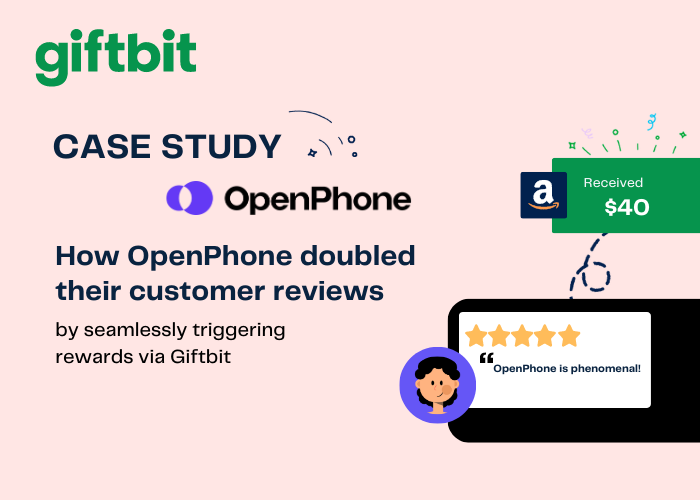Market research does best with audience segmentation. Identify people that are the most, or potentially least profitable by dividing the market. Most marketers are familiar with the 80:20 rule, or the Pareto principle, which has broad applications in communications and marketing efforts. It states that 80% of the output in a given context is determined by 20% of the input.
Some marketing specific examples: 80% of profit comes from 20% of customers, 80% of sales comes from 20% of advertising and so on. This principle shows how important it is to identify and understand the most lucrative customers and prospects when developing and executing a marketing strategy.
Why Use Market Segmentation?
The goal of market segmentation is to identify customers and prospects that are the most, or potentially the least, profitable. This is accomplished by dividing the market into homogeneous groups. Segmentation should also deliver rich profiles of these profitable customers and prospects. This helps marketers discover which product positioning, messaging, distribution channel and media will be most effective.
Choose an Effective Segmentation Method
Market or audience segmentation may be based on many different schemes. They may be constructed on variables such as demographics/life stage, attitudinal/psychographics or lifestyle, feature preference, behavior, motivation or geographic/household, among others.
The best segmentation frameworks are some combination of all of the above. Implementing segmentation analysis using only one model runs the risk of generating segments that are not different enough from each other, or are too superficial to be actionable from a marketing standpoint.
Organizational Stakeholders Must Drive the Process
A first step in conducting a segmentation exercise is to determine who in the company will be using the results. Management must indicate which variables they’d like to investigate, and how they plan to use the segmentation.
Some possible uses include understanding brand preference, the propensity to switch brands, the risk of customer defection or the types of customers using different distribution channels.
Include Profitability Measures
When an enterprise regularly calculates and reports Customer Lifetime Value (CLV) and other profitability-related measures, these measures can be included in the research. In the absence of this calculated profitability data, proxy measures must be used. That is, measures that predict profitability. These can include the following:
- Brand consideration: Likelihood to consider the brand if it is not being used already
- Future intent to purchase
- Opinion leadership: Degree to which customers are interested and immersed in the category, are sought out by others for category and brand advice, have a large social network and are active promoters of your brand
- Price sensitivity: Degree to which consumers are comparatively less price sensitive and may be charged 10–15% more for a brand without switching to an alternative
Add Variety for the Best Results
The exploratory nature of segmentation analysis means uncertainty about the outcome. It takes a lot of testing to arrive at a final segmentation model. Be sure to include a variety of companion variables: perceptual, attitudinal, behavioral and demographic. This will improve the resulting profiles, and provide high quality data for developing effective and targeted marketing strategies.
Once you’ve determined your market segment, you’ll need to ensure your market research will derive the best results. Learn about four easy tech integrations you can use to strengthen your efforts.

How To Increase Survey Response Rates
In fact, the success of your research surveys will often hinge on your response rates. High participation ensures a diverse and robust...

How Giftbit Helped A Business Communication App Double Its Reviews
OpenPhone doubled their customer reviews and unlocked seamless sending with a simple Giftbit + Zapier connection.
Read more






